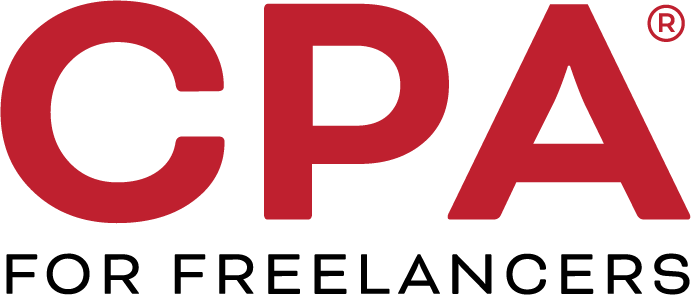As a freelancer, it can be hard to develop an effective pricing strategy. When you’re just getting started, it’s tempting to set a low rate because you’re not sure what to charge and you don’t want to miss the opportunity to be hired. On the other hand, you may start with a high hourly rate, which makes you less competitive against other lower priced freelancers in the market.
The pricing struggle doesn’t have to be stressful, however. These tips from our friends at Painless 1099 will help you create pricing for your services that feels good to you, your clients and the bottom line of your business.
Analyze your business finances. When you know what your bottom line is, it’s a lot easier to set your rates. If you’re where you want to be from a financial perspective, the obvious suggestion is to keep doing what you do well. But, if you’re like many freelancers, you’re wishing you had more cash to pay bills, take a vacation, or reinvest in projects and work. If you’re in this boat, you might consider raising your rates.
Be confident in your pricing decisions. While you may be hesitant to raise your prices, as long as you are genuinely providing value to your clients, you should be confident in the fact that you are a professional. Plus, as long as you create positive results for your clients such as giving them the freedom to focus on other work, they are likely to agree that is something worth paying a premium for.
Raising your prices may help increase the quality of your clients. If you are really uncomfortable with increasing your billing, consider that doing so can actually help you reshape your client base—with clients who are willing to pay you what you are worth. The truth is, you may have outgrown your existing client base. Remember, every time you land a new client or finish a project, you’re adding legitimacy and experience to your business, which makes you undeniably more valuable to your clients.
Seek the sweet spot for your pricing strategy. If you find that you are getting pushback from clients on your pricing, you may need to start playing with your numbers a bit until you find that point that’s right under the “turning away” point. How will you know where this is? By testing the waters with new clients every once in a while to make sure your still billing what you’re worth.
Back into your optimum pricing. There are many different pricing strategies and everyone’s situation is unique so while there isn’t a “one size fits all” method, one of the best is to look at how much you think what you are providing is realistically worth in the current market by doing some competitive research, outlining your costs (including your time) and then back those numbers into your hourly rate.
Project how much you’ll earn per year based on your pricing. Consider your pricing not only on a project-by-project basis but also in terms of your annual income. For instance, if you want to take home $50,000 this year and you want to work 30 hours a week plus take a month long vacation. This means you’ll work for 48 weeks over the course of the year and will need to make $1,041.67 per week to hit this annual goal. If you work 30 hours per week, your hourly rate should be at least $34.72.
Factor in the unexpected and your expenses. However, just your desire for a decent income is not the only thing you should look at because this number alone leaves little breathing room for error, sickness, tax payments and unforeseen circumstances. On top of that, as a business owner there’s a fair amount of behind the scenes work that needs to happen to make for a successful year. Rent, taxes, bills, and general overhead expenses, all begin to pile up and need to be factored into the equation. So, let’s run through the equation again, this time adding tax and a few other expenses.
Say you still want to net, $50,000 this year and you still have the same 30 hour week, four week vacation requirements. This time, we’re also going to calculate roughly 30 percent for self-employment and income taxes and $1,000 a month ($12,000 annually) for business expenses. This means, you’ll need to make an additional $12,000 a year for rent alone and over $25,000 for taxes. At the end of the day, you’ll really need to gross close to $90,000 and bill $60.00 an hour in order to take home $50,000 each year. Quite a significant jump when all things are taken into consideration.
Proper pricing is key to a profitable freelance business. Keeping the above tips in mind can make increasing your rates less intimidating. Learning how to price your skills and expertise appropriately is an extremely important part of running a profitable business. Not only will healthy rates increase your perceived value, but you’ll also have more control over which clients you work with and the amount of time you can spend with each client. Not to mention, it will motivate you to keep improving yourself and give you more freedom in your freelance business.
About Painless 1099
About Painless1099 takes the hassle out of quarterly self-employment taxes by automatically separating money for taxes every time you get paid by a client and sending what’s safe to spend directly to your personal checking account. Painless1099 works just like W2 tax withholding, but it’s designed with your self-employment income in mind.


